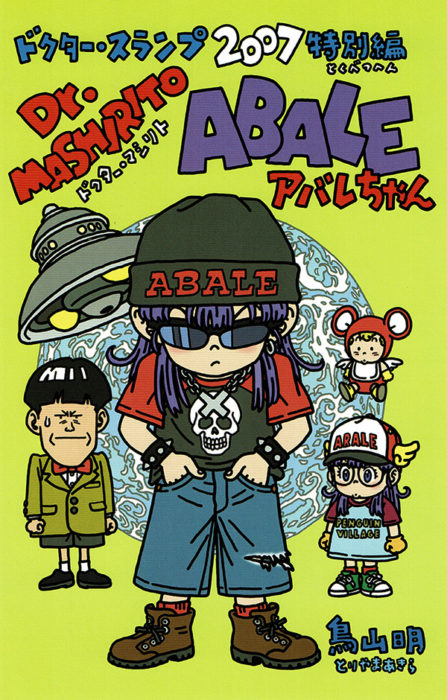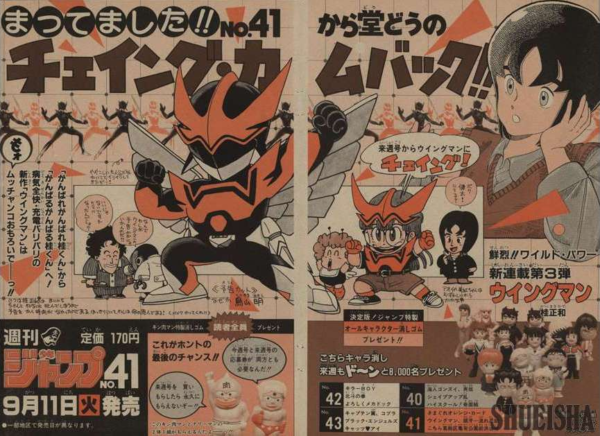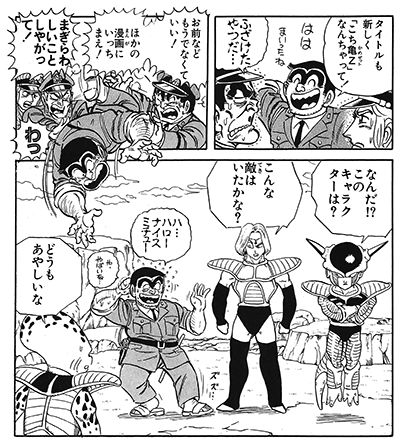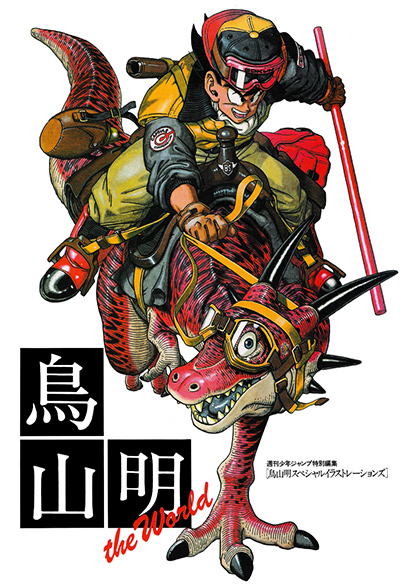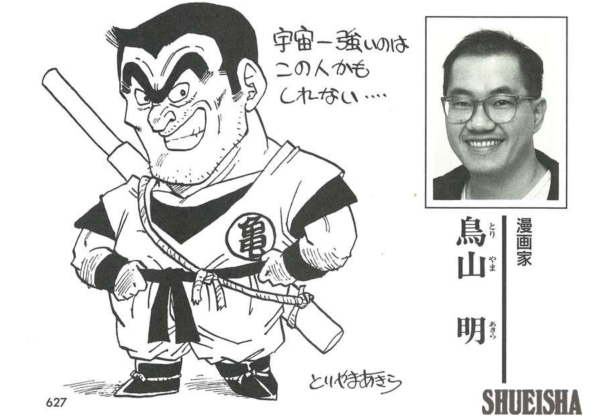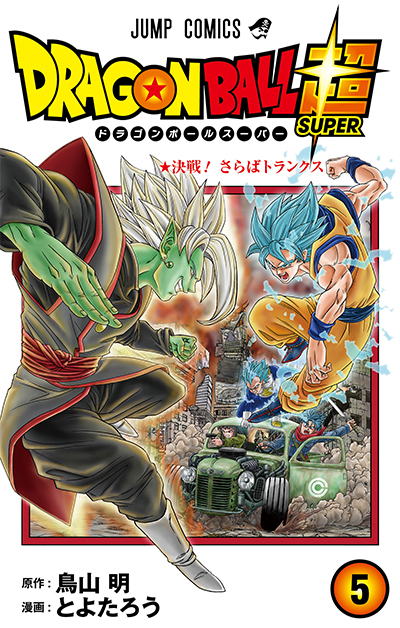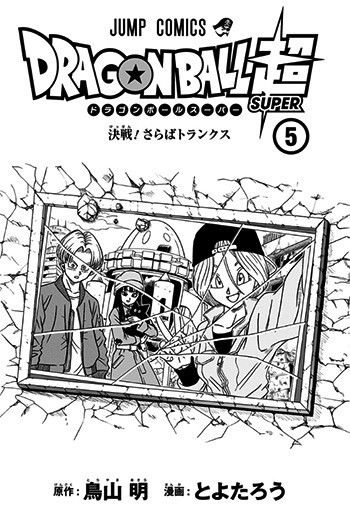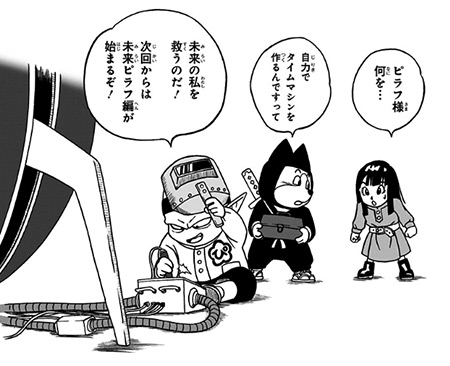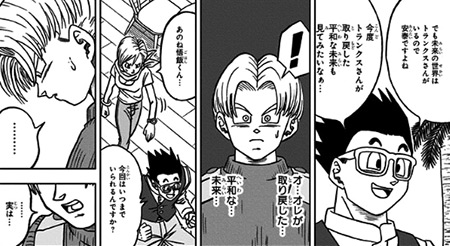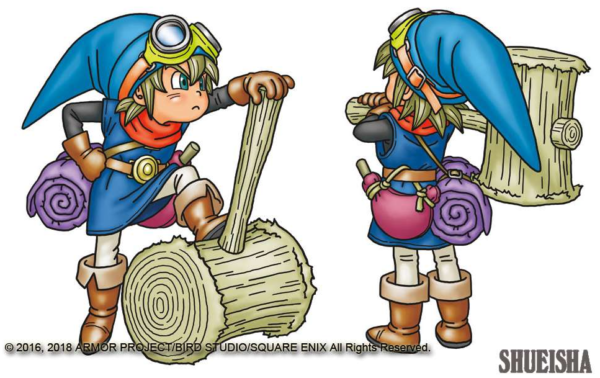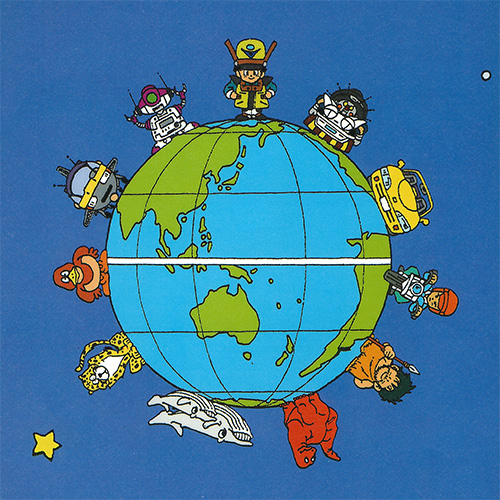The official Dragon Ball website’s thirty-seventh entry in “The Nearly Complete Works of Akira Toriyama” — an on-going series highlighting rare and important pieces of the author’s work over the years — is the final transformation design of Freeza’s older brother Coola from the fifth theatrical Dragon Ball Z film, “The Incredible Strongest vs Strongest”.
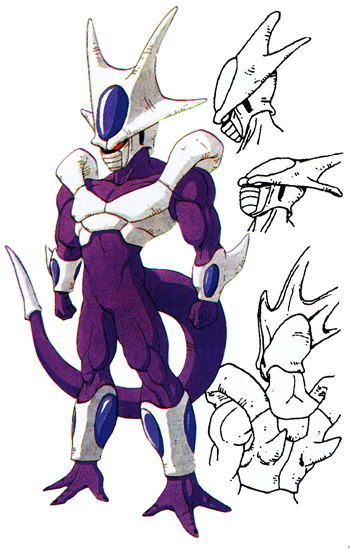
The movie’s character designer, Minoru Maeda, discussed Toriyama’s designs for the film in the 2005 “Dragon Box: The Movies” DVD set:
Toriyama-sensei drew all the enemy characters, such as Coola and Neiz, up to and including a height-comparison chart. They even came with colors, so there was no need to change them. There would be no point in changing them. (laughs) It made it a breeze being the one making them, so I was grateful.
The film debuted at the Toei Anime Fair on 20 July 1991. Coola returned as “Metal Coola” in the following film, and has subsequently been included in various video games and minor features over the years (such as in “Plan to Eradicate the Saiyans” and its various remakes).
Coola’s name is one of only a handful in the series that legitimately has multiple layers to its pun. While the “cold” association (following Freeza and King Cold) rings true, as explained in Daizenshuu 6, a different meaning was intended as the reference:
You’d normally think that since his younger brother is Freeza (Freeza=freezer) that his name would be Coola (cooler), but it’s not that simple. The truth is that it involves the Shizuoka dialect. The producer Mr. Morishita, who is from Shizuoka, was worried that “Cooler” would be too direct, and remembered that in the dialect of his hometown one said “meshi demo kuura” [editor’s note: sort of equivalent to “Let’s chow down”] when eating. Because of this, they used the Shizuoka dialect… and so they decided on the name Coola!! To think that it was so complicated a process…
